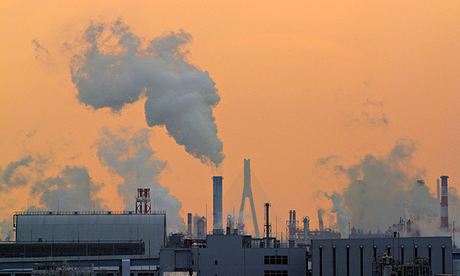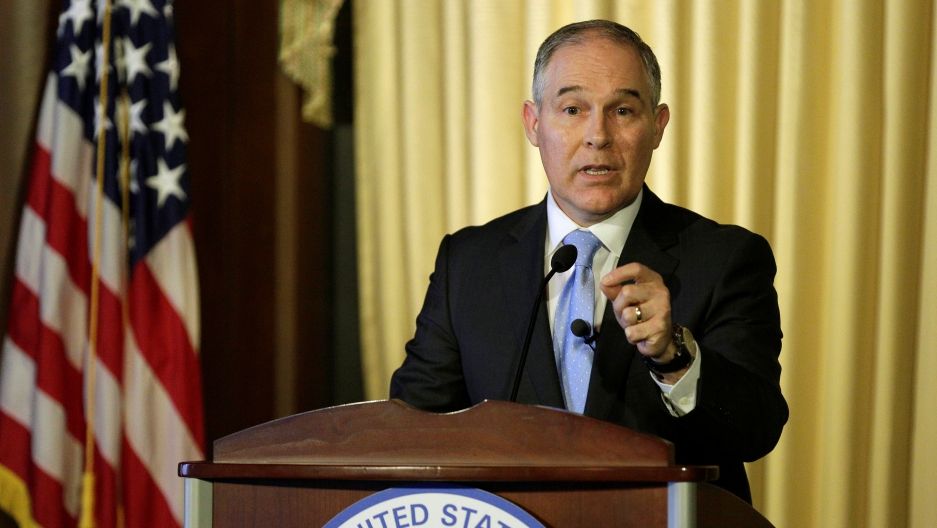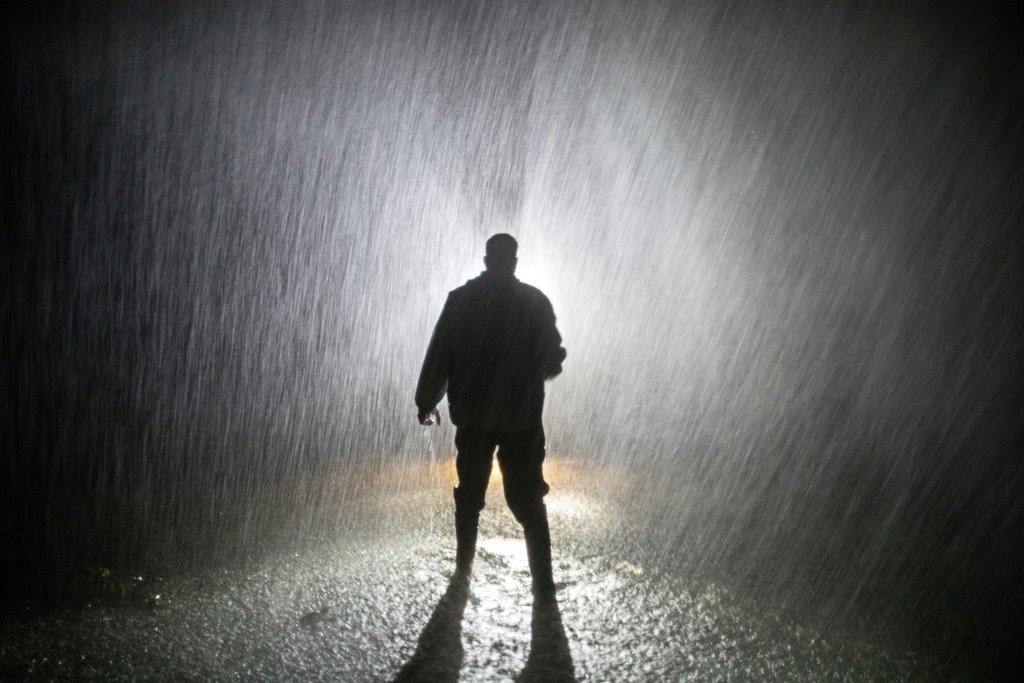Arctic Sea Ice Extent Up 50 Percent from
Last Year, but Still 6th Lowest on Record

Sea ice in the Arctic Ocean recouped from last summer's record low levels, with the amount of ice
surviving this summer nearly 50 percent more than in 2012, scientists said Friday. The images
shows an area of the Arctic sea ice pack well north of Alaska, captured by the MODIS instrument on
NASA's Aqua satellite on Sept. 13, 2013. A cloud front can be seen in the lower left, and dark areas
indicate regions of open water between sea ice formations. (Photo : Image courtesy NASA Worldview)
Sea ice in the Arctic Ocean recouped from last summer's record low levels, with the amount of ice surviving this summer nearly 50 percent more than in 2012, scientists said Friday.
Still, the extent of the Arctic sea was the sixth lowest ever recorded. Compared to the 1981-2010 average, this summer's sea ice minimum -- a reflection of the maximum ice melting in the warm season -- was 432,000 square miles (1.12 million square kilometers) lower than the average, according to data presented by the NASA-supported National Snow and Ice Data Center at the University of Colorado in Boulder.
Put another way, the Arctic is missing enough ice to cover the combined area of Texas and California.
The find is in line with the long-term trend of shrinking ice levels, which have declined about 12 percent since the late 1970s.
The rebound from last year's record low does not disagree with the general downward trend, NASA said, adding that the results were not a surprise to scientists.
"I was expecting that this year would be higher than last year," said Walt Meier, a glaciologist at NASA's Goddard Space Flight Center. "There is always a tendency to have an uptick after an extreme low; in our satellite data, the Arctic sea ice has never set record low minimums in consecutive years."
Last year's ice extent was so low that this year's looks much larger by comparison, Meier said, adding that the main reason for this year's growth was colder and cloudier weather than last year.
"We had cool conditions, cooler than the long-term average, and yet it is still going to be the sixth-lowest ice minimum on record," Meier told The New York Times.
However, this year's ice gain is not of iceberg proportion. Much of the added ice is thin and slushy, which is in line with a general trend towards thinning ice in the Arctic.
NASA's Operation IceBridge, an airborne survey of polar ice, collected data which indicate that the Arctic sea ice thickness is as much as 50 percent thinner than it was in previous decades, going from an average thickness of 12.5 feet (3.8 meters) in 1980 to 6.2 feet (1.9 meters) in recent years.
The thinning is due to the loss of older, thicker ice, which is being replaced by thinner seasonal ice, NASA said, adding that the Arctic used to be covered by multiyear ice, which was thick and sturdy, having survived multiple years. Now, much of that old ice is gone, save for a strip along the northern coast of Greenland, and much of the Arctic is dominated by comparatively thin first-year ice.
"Thinner ice melts completely at a faster rate than thicker ice does, so if the average thickness of Arctic sea ice goes down, it's more likely that the extent of the summer ice will go down as well," said Joey Comiso, senior scientist at Goddard. "At the rate we're observing this decline, it's very likely that the Arctic's summer sea ice will completely disappear within this century."
Meier said the first-year ice is fundamentally different from multiyear ice.
"It's thinner, more broken up, and thus more susceptible to melt completely," Meier said. "This year, the cool temperatures saved more of the ice. However, the fact that as much of the ice melted as it did is an indication of how much the ice cover had changed. If we had this weather with the sea ice of 20 years ago, we would have had an above-normal extent this year."
<iframe width="420" height="315" src="//www.youtube.com/embed/ktEAUO_Vpos" frameborder="0" allowfullscreen></iframe>
Still, the extent of the Arctic sea was the sixth lowest ever recorded. Compared to the 1981-2010 average, this summer's sea ice minimum -- a reflection of the maximum ice melting in the warm season -- was 432,000 square miles (1.12 million square kilometers) lower than the average, according to data presented by the NASA-supported National Snow and Ice Data Center at the University of Colorado in Boulder.
Put another way, the Arctic is missing enough ice to cover the combined area of Texas and California.
The find is in line with the long-term trend of shrinking ice levels, which have declined about 12 percent since the late 1970s.
The rebound from last year's record low does not disagree with the general downward trend, NASA said, adding that the results were not a surprise to scientists.
"I was expecting that this year would be higher than last year," said Walt Meier, a glaciologist at NASA's Goddard Space Flight Center. "There is always a tendency to have an uptick after an extreme low; in our satellite data, the Arctic sea ice has never set record low minimums in consecutive years."
Last year's ice extent was so low that this year's looks much larger by comparison, Meier said, adding that the main reason for this year's growth was colder and cloudier weather than last year.
"We had cool conditions, cooler than the long-term average, and yet it is still going to be the sixth-lowest ice minimum on record," Meier told The New York Times.
However, this year's ice gain is not of iceberg proportion. Much of the added ice is thin and slushy, which is in line with a general trend towards thinning ice in the Arctic.
NASA's Operation IceBridge, an airborne survey of polar ice, collected data which indicate that the Arctic sea ice thickness is as much as 50 percent thinner than it was in previous decades, going from an average thickness of 12.5 feet (3.8 meters) in 1980 to 6.2 feet (1.9 meters) in recent years.
The thinning is due to the loss of older, thicker ice, which is being replaced by thinner seasonal ice, NASA said, adding that the Arctic used to be covered by multiyear ice, which was thick and sturdy, having survived multiple years. Now, much of that old ice is gone, save for a strip along the northern coast of Greenland, and much of the Arctic is dominated by comparatively thin first-year ice.
"Thinner ice melts completely at a faster rate than thicker ice does, so if the average thickness of Arctic sea ice goes down, it's more likely that the extent of the summer ice will go down as well," said Joey Comiso, senior scientist at Goddard. "At the rate we're observing this decline, it's very likely that the Arctic's summer sea ice will completely disappear within this century."
Meier said the first-year ice is fundamentally different from multiyear ice.
"It's thinner, more broken up, and thus more susceptible to melt completely," Meier said. "This year, the cool temperatures saved more of the ice. However, the fact that as much of the ice melted as it did is an indication of how much the ice cover had changed. If we had this weather with the sea ice of 20 years ago, we would have had an above-normal extent this year."
<iframe width="420" height="315" src="//www.youtube.com/embed/ktEAUO_Vpos" frameborder="0" allowfullscreen></iframe>
SOURCE























